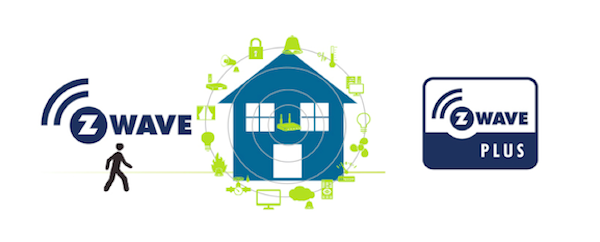Oh come on, I'm suppose to trust a critical system with a manufacturer that can't even spell check their website. I would hate to experience a "burst pope". And what's even worse is the the product is now called a "Leak Goher".
That's the problem with zwave, often time many of the companies, and the devices they present, just feel half baked. Even big players like GE that have one of the best selling lamp modules suffer from this. That is the module is HUGE and has in my experience has a high failure rate. Come on GE, you can't make a zwave lamp module smaller that 4x3x1.5" ugly ass wall wart? Then I compare their module to something like the Nest thermostat and feel like zwave is 20 years behind.
What I'm hoping/waiting for is that Google or Apple come out with a complete, well thought out, home integration system. But I guess until then, I'll have to do with zwave. With that said, I don't think it would take much for the hammer to fall on zwave.






















































